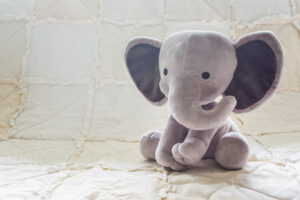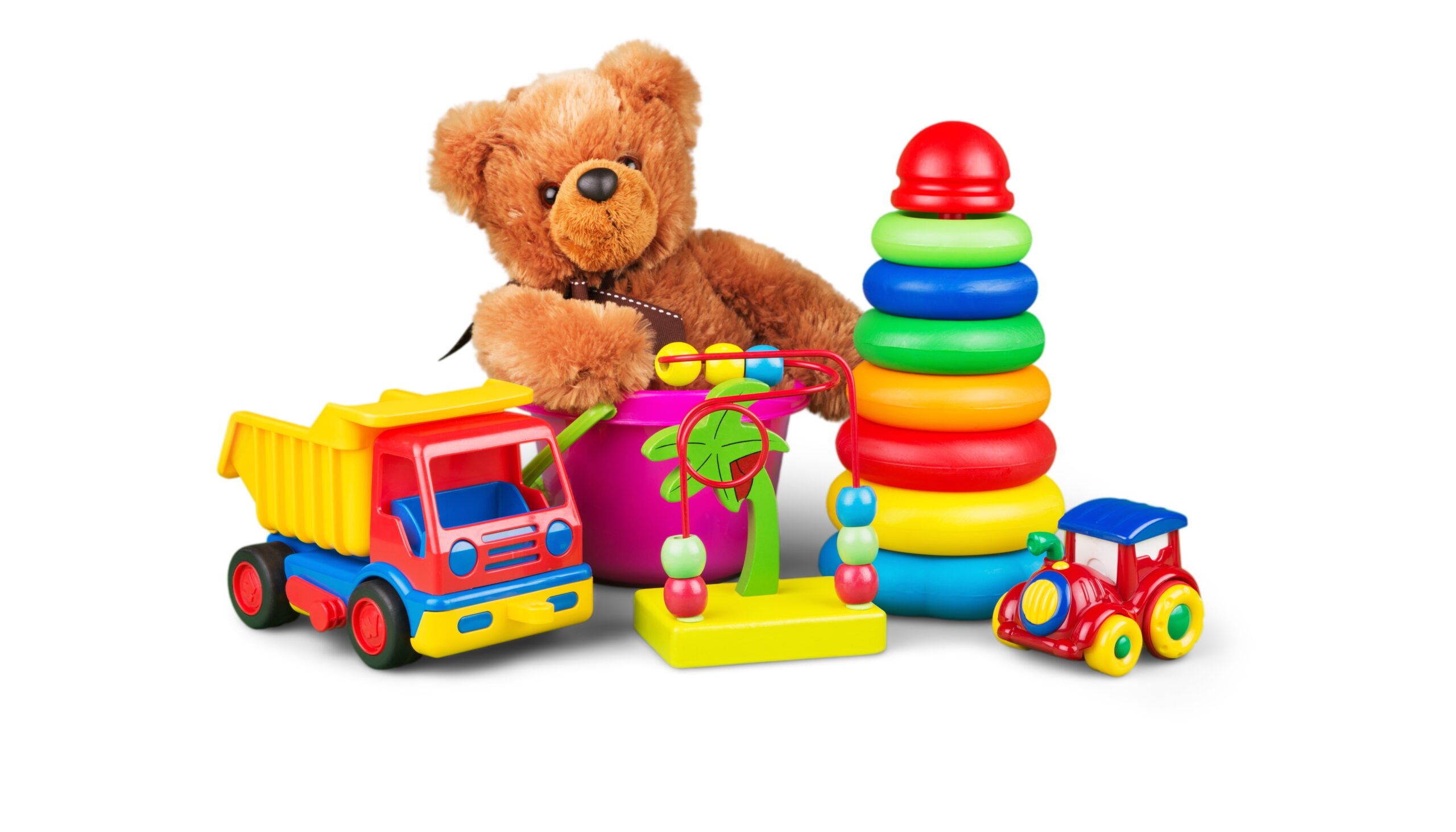Many parents may not know that federal agencies have regulated toy safety for decades.
 In 2018, CPSC and leading retail and toy industry groups joined forces to promote toy safety and help parents make safe choices for their kids.2 Still, many parents might not be aware of key facts on the chemical safety of toys and how toys are regulated.
In 2018, CPSC and leading retail and toy industry groups joined forces to promote toy safety and help parents make safe choices for their kids.2 Still, many parents might not be aware of key facts on the chemical safety of toys and how toys are regulated.
Congress established the CPSC in 1972 with the passage of the Consumer Product Safety Act, to help protect the public from unreasonable risks in the use of consumer products. A number of product safety recalls in 2007 related to lead found in imported children’s toys directly resulted in important regulatory changes, including passage of the U.S. Consumer Product Safety Improvement Act3 (CPSIA) in 2008 (in 2009, the European Union also took measures in the form of the EU Directive on the Safety of Toys).
Here are some important facts to know about chemicals and toy safety…
- U.S. toymakers must follow a set of mandatory safety rules and regulations under the Consumer Product Safety Act and the CPSIA. The CPSC’s ASTMF963-17 is the standard for toy safety.4 ASTMF963-17 includes test methods and requirements related to chemical and material safety. The toy industry also continually reviews this standard as well as additional, voluntary standards to keep pace with new child development research, medical and toy-related incident data, risk assessment techniques, science and manufacturing innovations.5
- CPSC requires children’s products to be certified in compliance with the law. This means testing by CPSC-approved, third-party labs that analyze toys and other products, determine whether certain chemicals are present in hazardous amounts and if relevant safety regulations are met.6
- If a toy manufacturing company changes a toy’s components—for example, re-designs a toy truck with faster, new wheels or uses a different color or brand of paint—then manufacturers need to certify again. Certification will typically involve third-party laboratory re-testing of either the new component or the whole toy.
- Finally, toys sold in the U.S. must comply with more than 100 toy safety regulations tests and requirements designed to help protect children at play, including the Federal Hazardous Substances Act7 and the Consumer Product Safety Act8, as well as the CPSIA. Among other protections, these regulations make it illegal to sell toys or children’s products containing certain substances harmful to children and to which they might be exposed.
- If you have concerns about a specific toy’s safety or are wondering if it has been recalled, you can check the list of recalls on the CPSC website.9
General Toy Safety Tips
- Avoid toys with small parts that can be choking hazards for small children.
- Toys with cords or wires can also be a hazard for small children. For electronics, consider battery-powered toys, but be mindful of safe storage and containment of tiny “button batteries.”
- Be careful with magnets: High-powered magnet sets can pose a safety risk to children—toddler through teen ages. Children unintentionally swallowing loose magnets could cause serious intestinal injuries.
- Get safety gear to go along with skateboards, scooters and bikes. With scooters and other riding toys, be sure to include helmets. Helmets should be worn properly at all times and sized to fit.
- For more toy safety guidelines, see the CPSC publication For Kids’ Sake – Think Toy Safety.10
Sources
- Making a List, Checking it Twice: Tips for Celebrating Safely this Holiday Season | CPSC.gov
- CPSC Expands Toy Safety Collaboration Efforts with Retail, Toy Industries & Safe Kids; Top Toy Safety Tips for Shoppers This Holiday Season | CPSC.gov
- The Consumer Product Safety Improvement Act (CPSIA) | CPSC.gov
- ASTM F963-17 – Standard Consumer Safety Specification for Toy Safety (ansi.org)
- U.S. Safety Standards (toyassociation.org)
- Initial Certification Testing | CPSC.gov
- Federal Hazardous Substances Act (FHSA) Requirements | CPSC.gov
- Consumer Product Safety Act (CPSA) | CPSC.gov
- Recalls | CPSC.gov
- CPSC Publication 281: For Kids’ Sake – Think Toy Safety
Mind The Science
Learn more about the science behind chemical safety at www.mindthescience.org

